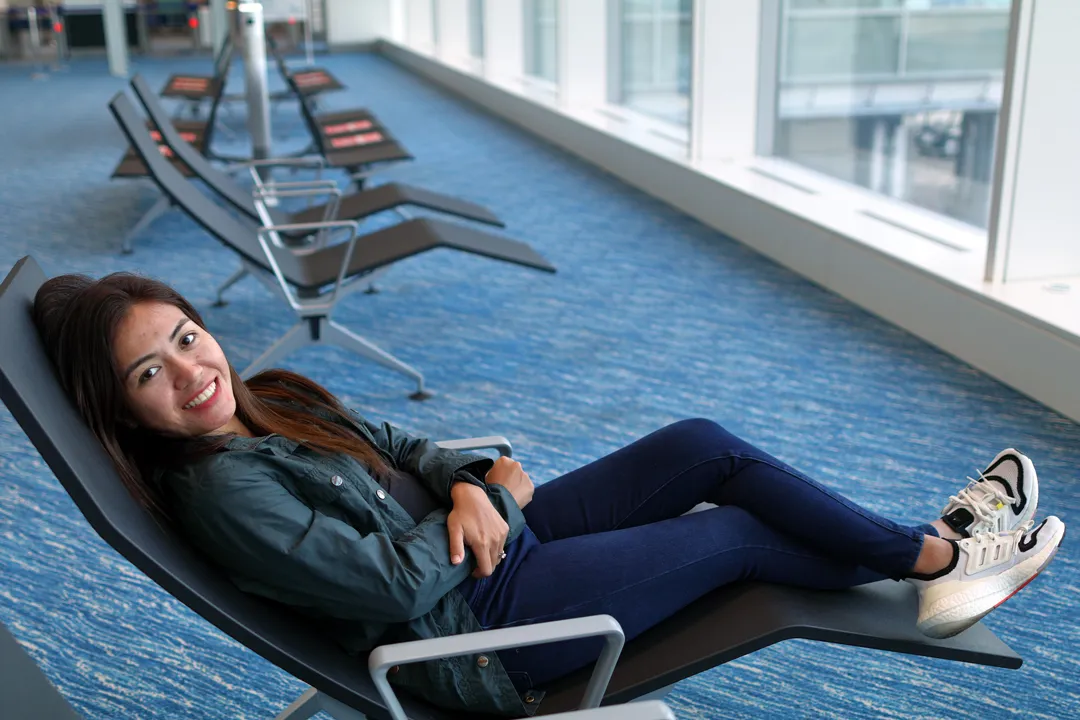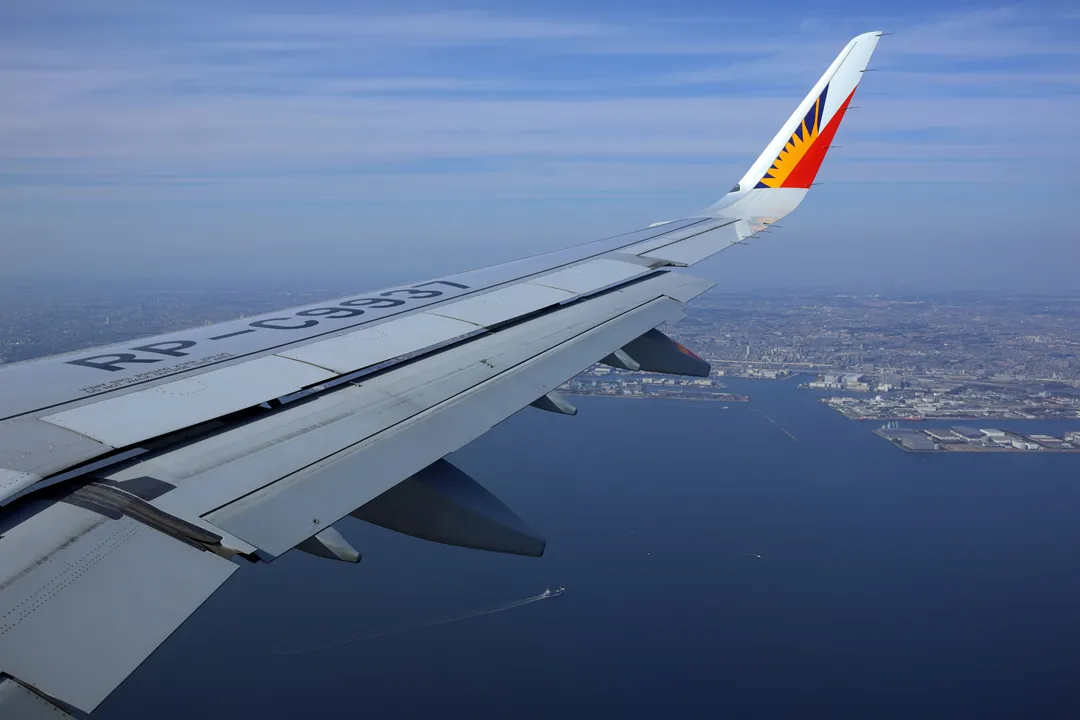Shimane prefecture, located in the San’in region in the far west of Honshu, remains virtually unknown to the vast majority of foreign visitors to Japan – precisely why we chose it as the first stop of our honeymoon trip. The key reasons for its obscurity are its distance from Tokyo and relatively poor (by Japanese standards) transport connections.
We would be staying in Shimane’s capital, Matsue, for three nights. The smallest prefectural capital in Japan in terms of population, Matsue lacks its own airport; the nearest airports are Yonago (YGJ) and Izumo (IZO). Whether to fly into Yonago or Izumo largely depends on your preference of airline alliance. Star Alliance flyers should choose Yonago, which is served by ANA, and Oneworld flyers should choose Izumo, which is served by JAL. As a Skyteam flyer, neither option provides an advantage to me, so I decided on Yonago because of the marginally shorter flight time from Tokyo.
Note that both of these airports only have service to Haneda, not Narita. If arriving at Narita, it is necessary to consider the time required for the Narita-Haneda connection. Those with plenty of time may also consider riding the overnight train, which departs daily from Tokyo at 21:50 and arrives in Matsue at 09:29.
First, however, we needed to fly from Manila to Haneda. We chose Philippine Airlines because they offered the earliest departure time by a wide margin, giving us a connection time of 4 hours and 40 minutes. Even when the flight was delayed by more than an hour, we felt comfortable knowing that we had more than enough buffer time to make the connection.

Philippine Airlines operates the Manila-Haneda route using the Airbus A321neo, which are the newest aircraft in the fleet and have comfortable seats with good seat pitch. Somewhat surprisingly, the most outstanding aspect is the food; I have found the onboard meals in Philippine Airlines economy class to be consistently superior to those in Delta first class.

When we arrived in Tokyo, it was Ritz’s first time in Japan, while I hadn’t been to Japan since before the pandemic. The immigration and customs procedures had been updated and made fully digital, with only the respective QR codes needed to clear each. Unfortunately, many people seemed to have not understood this and were filling out the paper forms unnecessarily despite already having their QR codes.

We had more than three hours to spare before our flight to Yonago but we first went to Terminal 2 using the free bus in order to check in and receive our boarding passes. Then we ate conveyor sushi before going to the gate to wait out the rest of the time. Haneda is widely considered one of the world’s best airports so it was not unpleasant to spend a few hours there. In fact, I once had to stay in the international terminal for 24 hours during the pandemic after missing my connecting flight and being unable to enter Japan at the time.

The flight to Yonago was operated using an ubiquitous 737-800. Although the interior was a bit worn, it hardly mattered for a short hop with a scheduled duration of just 1 hour and 15 minutes. We were the only foreign tourists on the mostly-empty flight.

By the time we landed in Yonago, it was already well past sunset and we were tired. Nonetheless, it was impossible to miss the bus to Matsue Station as Yonago airport is quite small. We used a vending machine to buy tickets (1000 yen each) for the 45-minute ride. There is no traffic congestion to speak of in a relatively remote place like Shimane, so we easily arrived in Matsue on time, and finally checked into the Matsue Excel Hotel Tokyu, only one block away from the station, for some much-needed sleep.
Next: Izumo Grand Shrine: The Oldest Existing Shrine in Japan
